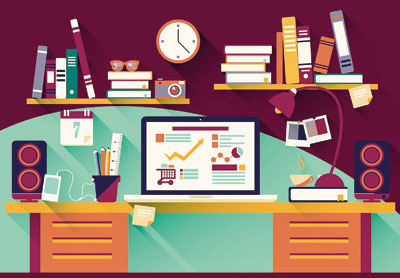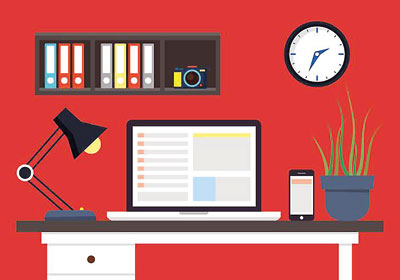Tips on the fine art of ‘netiquette’
In this day and age, communicating via technology is not anything new. With instant messaging apps such as Whatsapp, the access to your emails through any device, mobile phones and social media it is quite easy to get in touch with anyone. But how do these methods of communication come into play in a more formal setting; work life. What are the unwritten rules to keeping it professional.
 We had the opportunity to speak to Rezani Aziz and Pramukshi Kariyawasam who both hail from a Public Relations background to share their tips on how to correspond with a client as well as one’s peers.
We had the opportunity to speak to Rezani Aziz and Pramukshi Kariyawasam who both hail from a Public Relations background to share their tips on how to correspond with a client as well as one’s peers.
Chief Executive Officer of Adfactors Public Relations Lanka Pvt Ltd, Rezani Aziz placed emphasis on what she thinks should be avoided on emails. “The thread of correspondence that is sometimes forwarded unnecessarily – people tend not to delete the prior conversation and regardlessly forward or add their correspondence to a new address – this can be detrimental to a relationship – business or personal.”
Pramukshi Kariyawasam who has over 6 years of experience in the PR field stated that as the role of the media coordinator, professionalism is key in correspondence. “Follow the proper email etiquette and maintain extreme respect when speaking to clients.” Even though a millennial herself, Pramukshi mused that most millennial startups have lost sight of the morals, ethics and principles that one has to follow when interacting with a client.
Both Rezani and Pramuskhi stressed on sticking to the purpose when communicating in a group. “If it is a fitness group then only forward related content, not religious and other irrelevant content.”
Pramukshi stated that “when you are in a Whatsapp group, for work purposes, it is a more informal platform and people tend to get side-tracked as to what the purpose of the group is. Forwarding threads should be avoided at all costs, unless they are relevant for the discussion and stay on focus of the topic.”
When asked about the difference in format when addressing clients vs. co-workers, Rezani answered that “All should be treated and addressed with the same respect. Emails are official correspondence and if an email correspondence is required, then the protocol should be maintained.”
One thing Pramukshi actively urges to avoid is unproductive back and forth between yourself and the client. Her tips to stop excessive phone calls, emails and messages is to “ensure to get the clients requirements from the beginning itself. Understand the needs and wants of the client with the first meeting itself otherwise it leads to a lot of unnecessary back and forth.” She further added that it tends to create a lot of doubt and ambiguity in the client.
When speaking about the pros and cons of using Whatsapp vs. email for work Rezani follows a certain method when contacting a client. She prefers a phone or Whatsapp call initially to discuss certain objectives followed by an email, to recap the salient points of the conversation. Emails offer more security and ability to trace past correspondence easily. Whatsapp is great for initial messaging with newspaper clips or related videos for the client/customer to get the idea.
Pramukshi personally prefers the traditional method of email for communication over Whatsapp and phone calls. It is a more largely used platform as it is a black and white method of communication. Whatsapp is an informal method of written communication she shared. Whatsapp also has a feature that allows people to delete messages which leads to a lack of transparency between the parties. Telephone calls are used for urgent matters otherwise Pramukshi prefers email.
| Email etiquette at a glance
Don’t forget your signature Use a professional salutation Using “Hey,” “Yo,” or “Hiya” isn’t professional, no matter how well you know the recipient. Use “Hi” or “Hello” instead. To be more formal, use “Dear (insert name).” Using the person’s name in the salutation — “Hello Robert” — is quite appropriate, but remember not to shorten a person’s name unless you’re given permission to do so. Proofread your message Don’t assume the recipient knows what you are talking about Create your message as a stand-alone note, even if it is in response to a chain of emails. This means no “one-liners.” Include the subject and any references to previous emails, research or conversations. Write complete, grammatically correct sentences | |



 Have a clear subject line
Have a clear subject line